Kinkaku-ji (金閣寺): The Golden Pavilion Temple is by far the most famous landmark of Kyoto (if not all of Japan) and is the most well known of the 17 UNESCO World Heritage sites in Kyoto.
This short video was taken during my visit in summer, a long 6 week holiday free of work and teaching in Japan…
History of Kinkaku-ji
Kinkaku-ji was built in the Kamakura period (between 1185 – 1332) as an aristocrat’s country estate. In 1397 it was taken over by a retired shogun who transfored the temple into an elegant recreational villa. He had aspirations of becoming a dynastic figure, hence the gold leaf gilding.
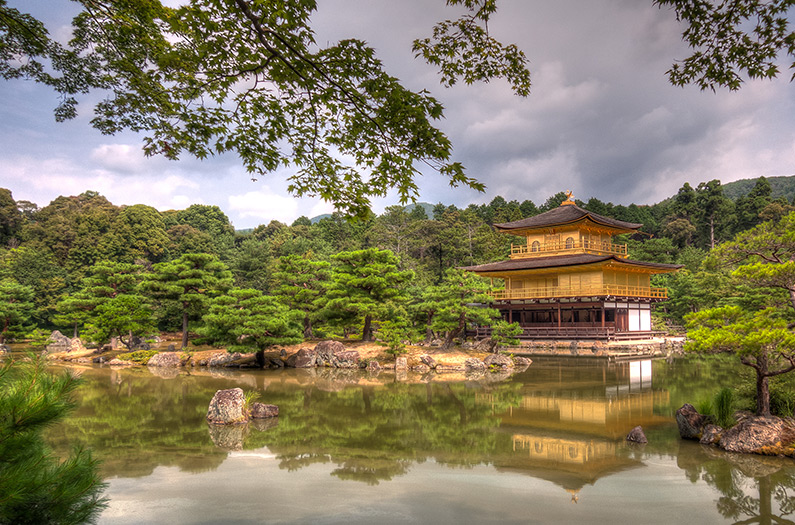
A wide view of the temple and pond from the main photo spot (HDR photo)
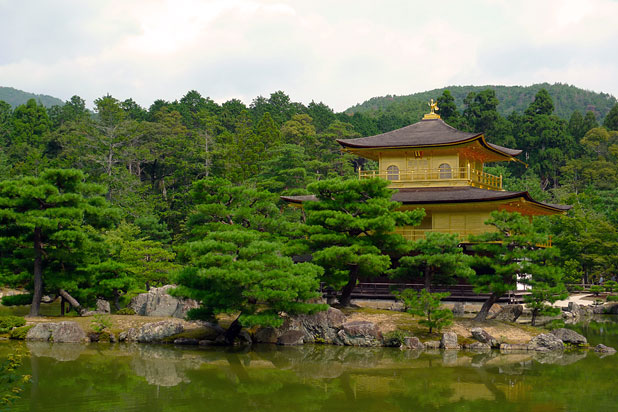
When the shogun, Yoshimitsu, died in 1422 it was converted into a Zen Buddhist Temple. After death, this shogun was awarded the name “Shari-den Kinkaku” (金 = kin/gold). That’s why today the temple is commonly refered to as Kinkaku-ji (or Golden Pavilion) and not its real name of Rokuonji Temple.
Design of the Golven Pavilion Temple
The temple has a very interesting design which is the inspiration for Ginkakuji (Silver Pavilion Temple).
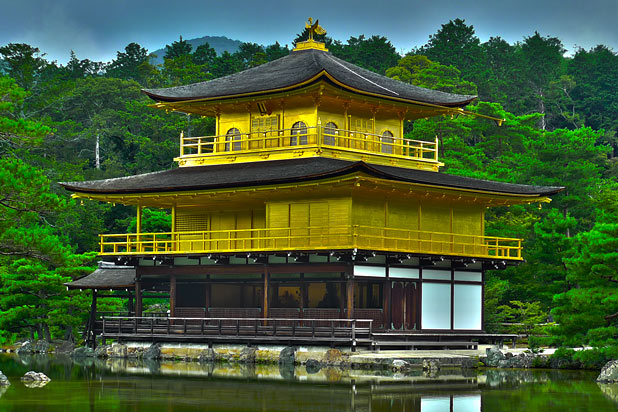
The first floor (ground floor) contains 2 statues and is built in the court noblemen’s residence style, reflecting an era of around 1000 years ago.
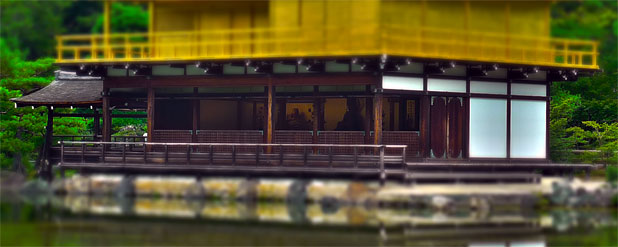
The second floor (gilded in gold leaft) is designed in the samurai warriors house style and contains 2 statues.
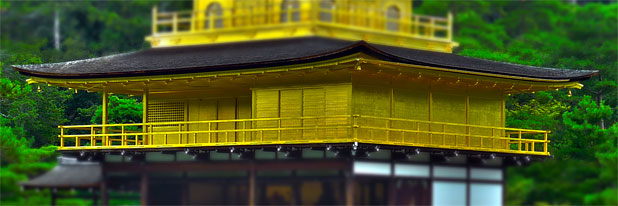
The third floor (also gilded in gold leaf) is built in a Zen temple style. It also holds ashes, said to be those of Sakyamuni, the founder of Buddhism.
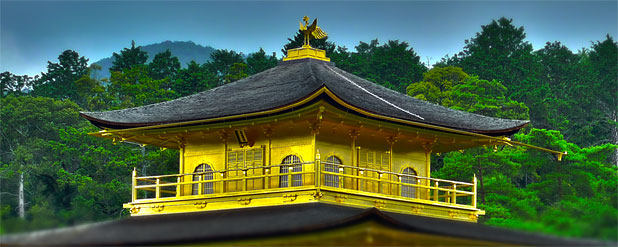
On top of the temple is a golden figure of “ho-o” – a classical Chinese mythical phoenix bird.
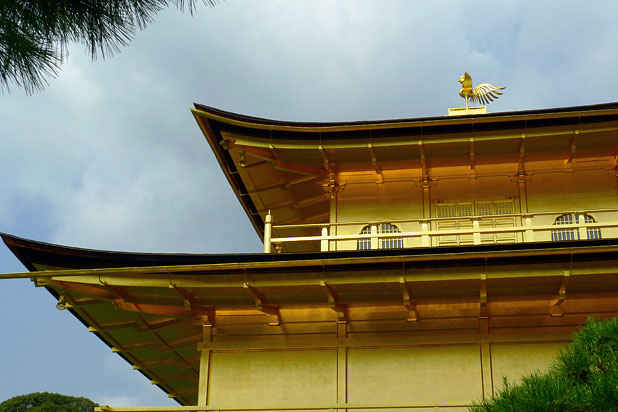
The surprising thing about Kinkaku-ji, aside from the sheer brilliance of the temple itself which pictures cannot do justice, is the garden of the temple grounds.
The garden utilises the sight of a local mountain and specially selected rocks have been placed in the pond. There is also a lookout area along the path.
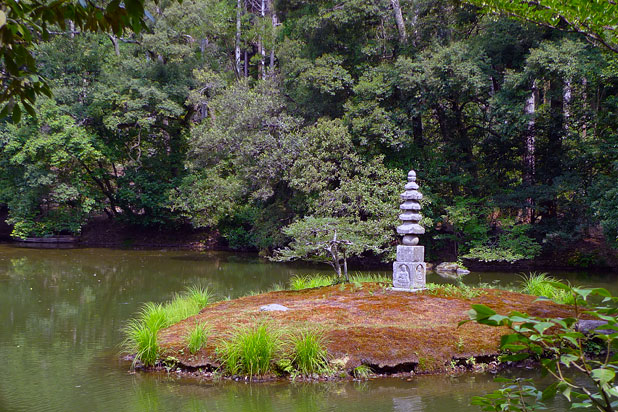
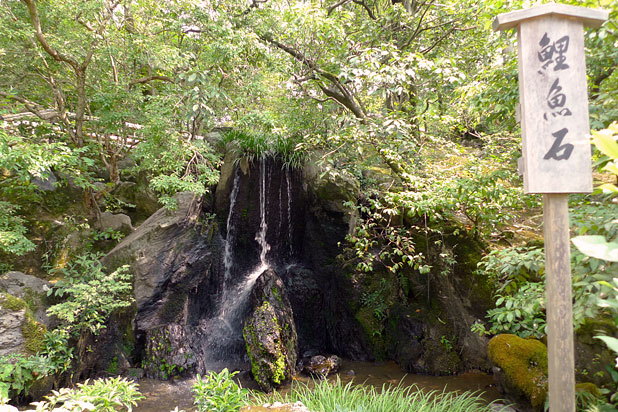
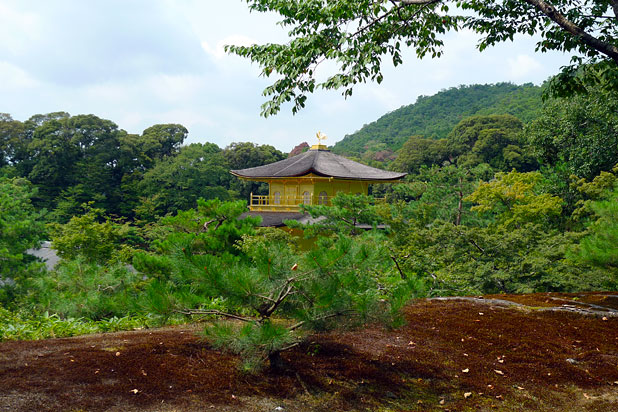
There are also various buildings such as halls and tea houses in the temple grounds. And of course, a souvenir shop to buy lucky charms and other standard stuff.
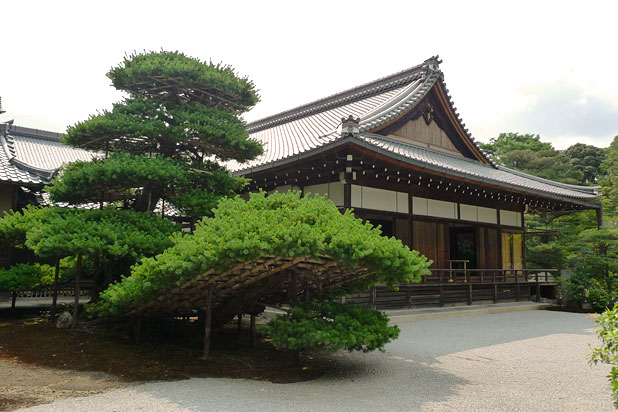
Visiting Kinkaku-ji
The grounds of Kinkaku-ji are relatively smalled when compared to other sites in Kyoto. Your visit would last around 45 minutes, with plenty of photo taking time and a liesurely stroll through the entire garden.
From Kyoto station it is a 15-20 minute bus ride to the entrance of the temple grounds. You’ll find signs in English at the station as well as a screen inside the bus telling you where you are and when the stop to Kinkaku-ji is coming up.
If you’re spending the day in Kyoto, be sure to grab the 500 yen all day bus pass. The buses run to all the major historical sites and areas and a one way trip usually costs 200 yen. There are vending machines for these passes at the bus stops in front of Kyoto station, if you have trouble finding them, go to the information center inside the station where the English speaking staff can help you.

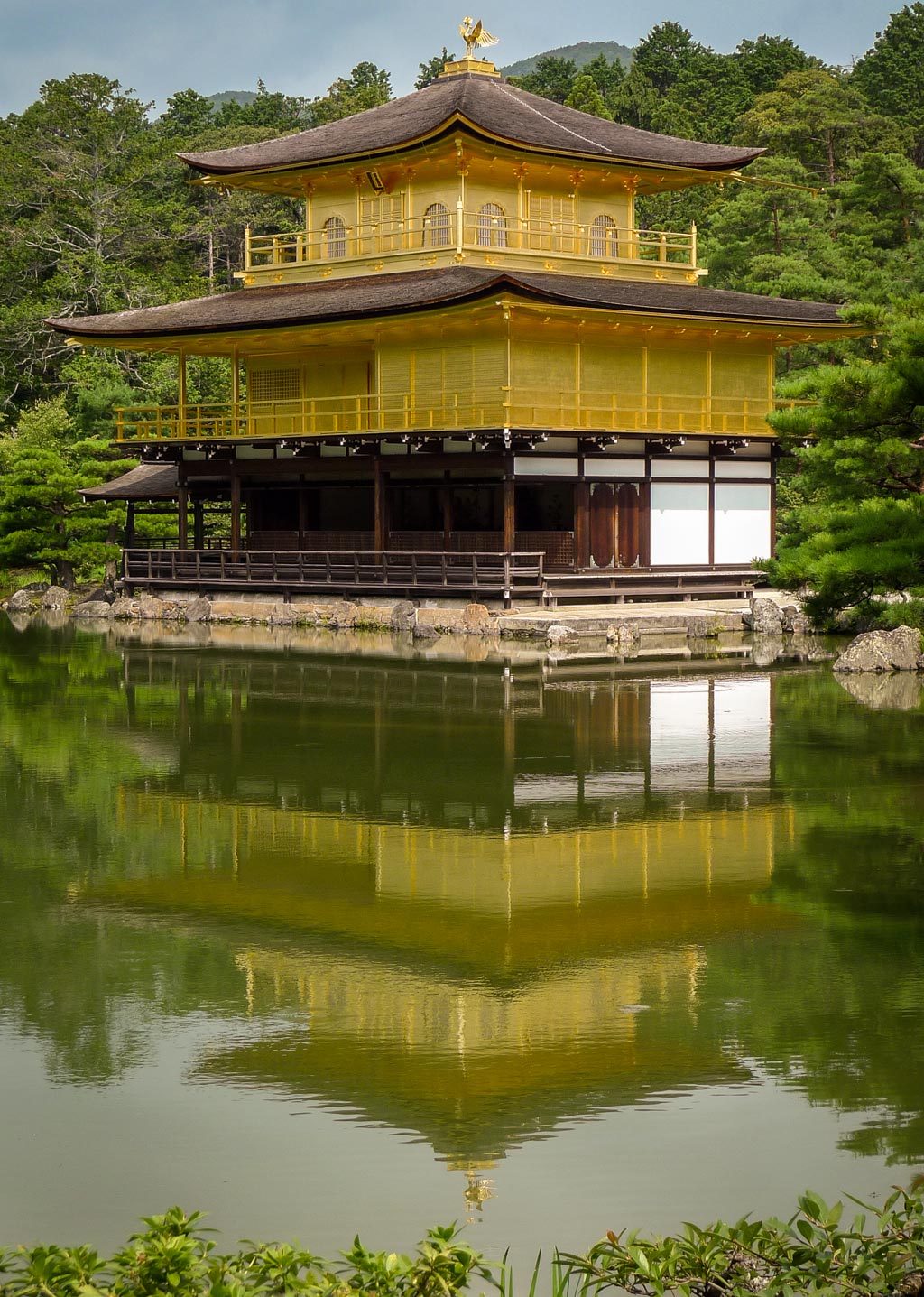
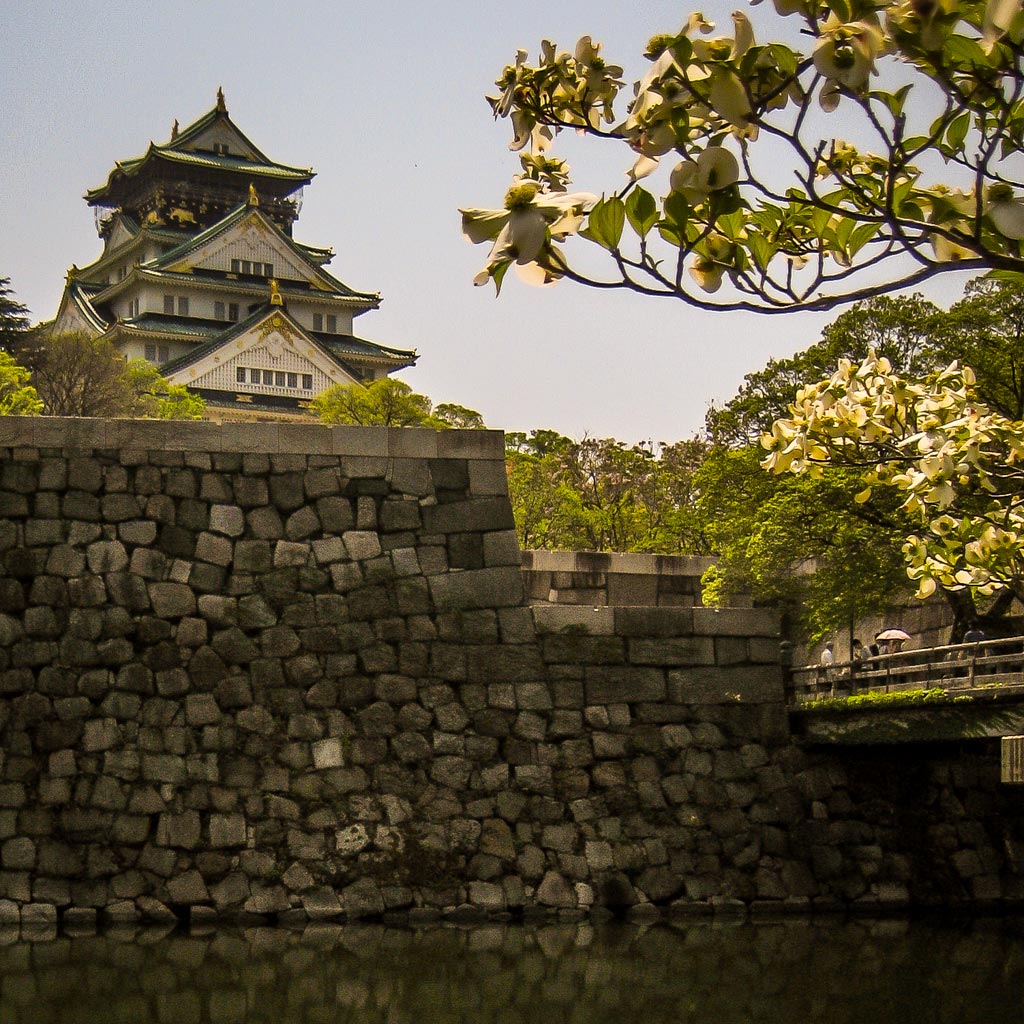
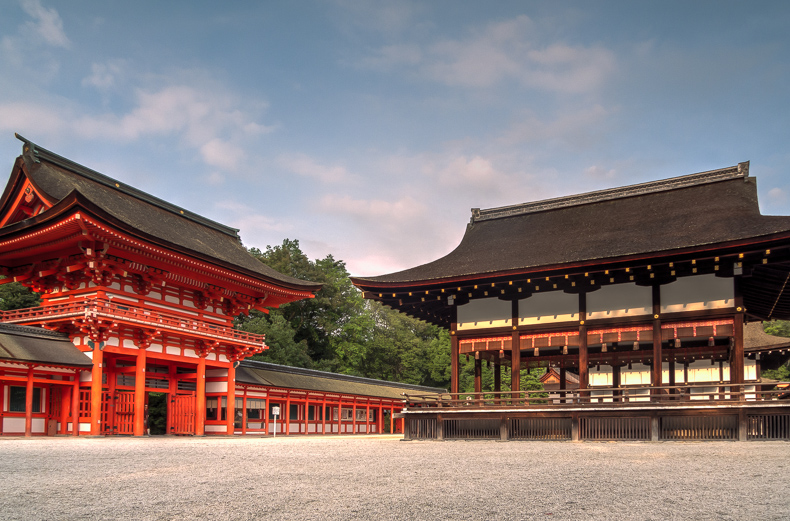
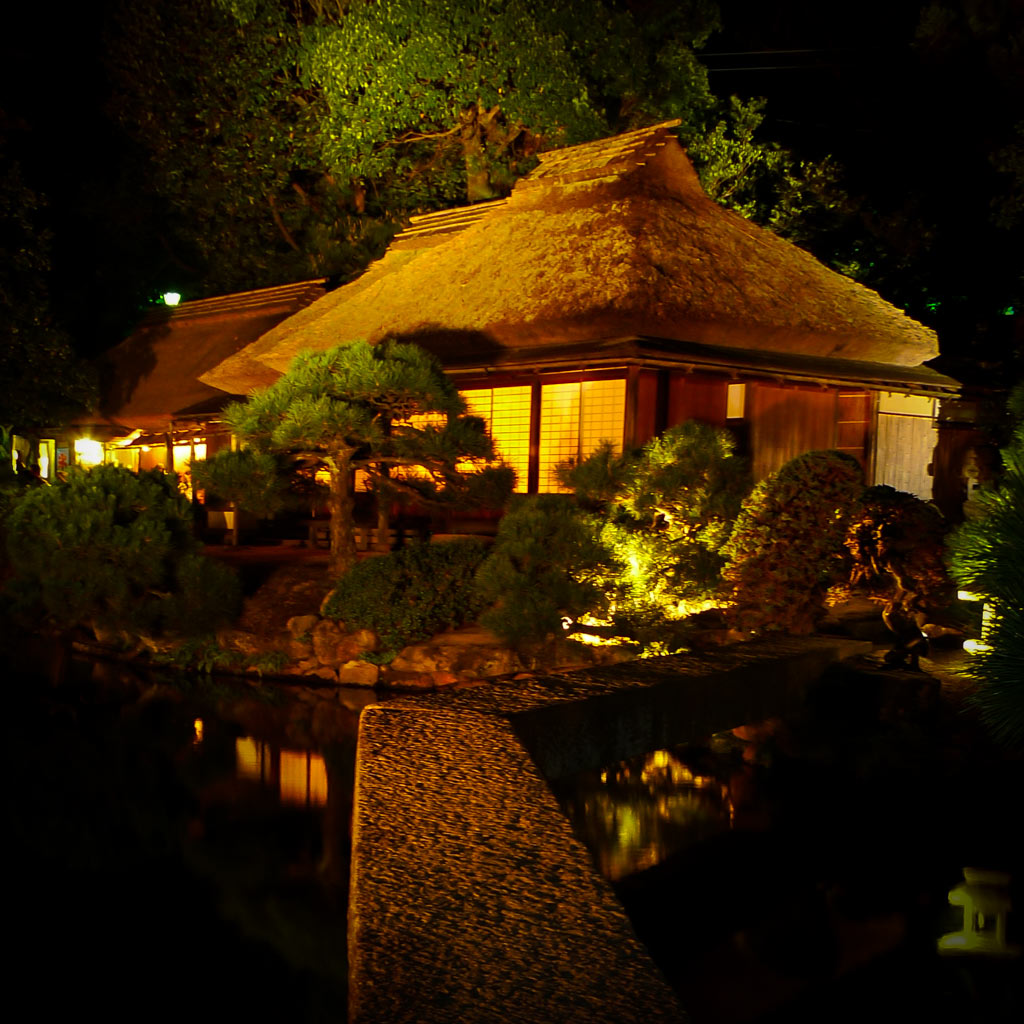
Some great pictures and useful information about Kinkaku-ji. This place would have to be my favourite temple to visit in Kyoto along with Kiyomizu-dera.
Kyoto is most to se destination in Japan.